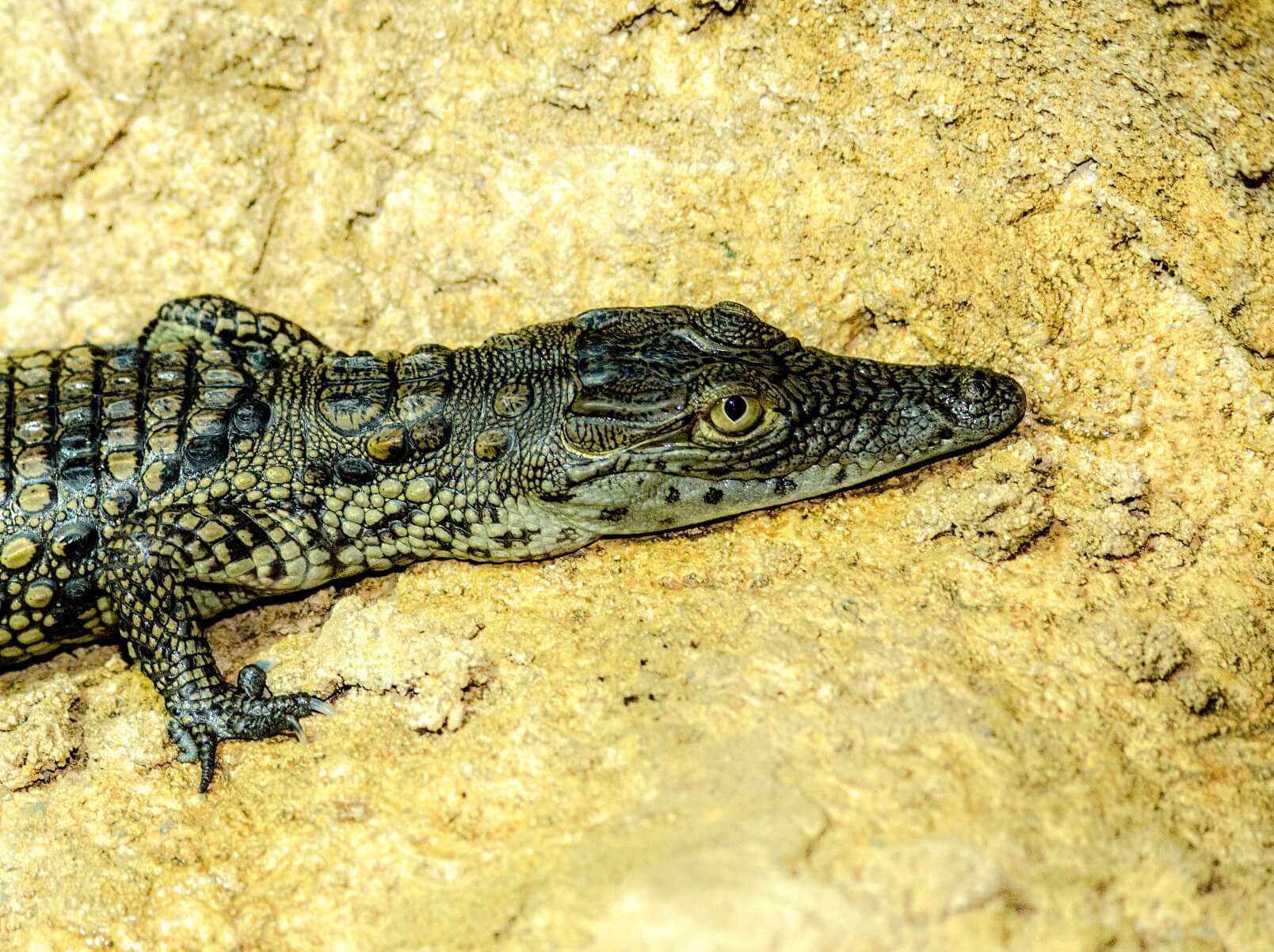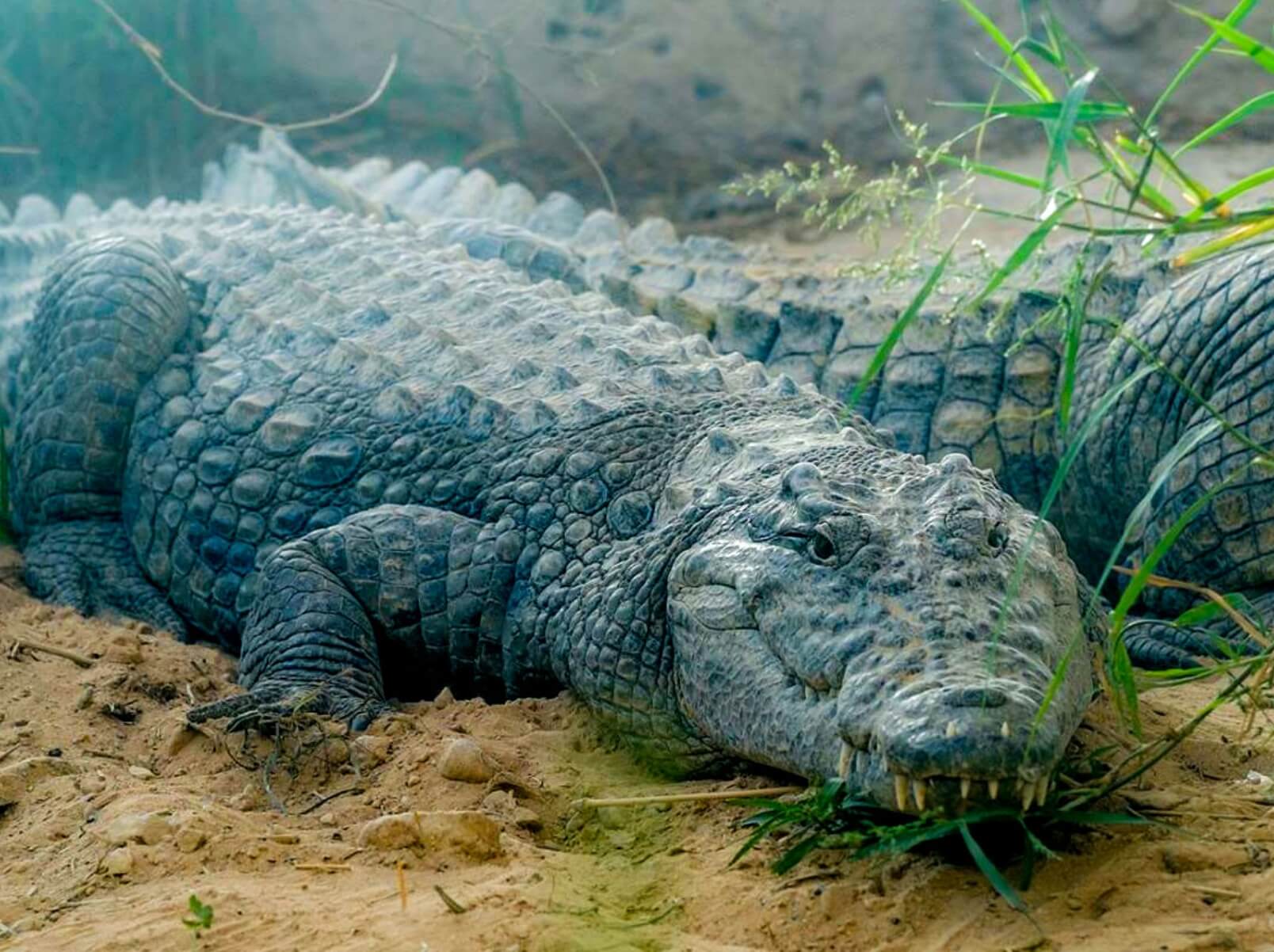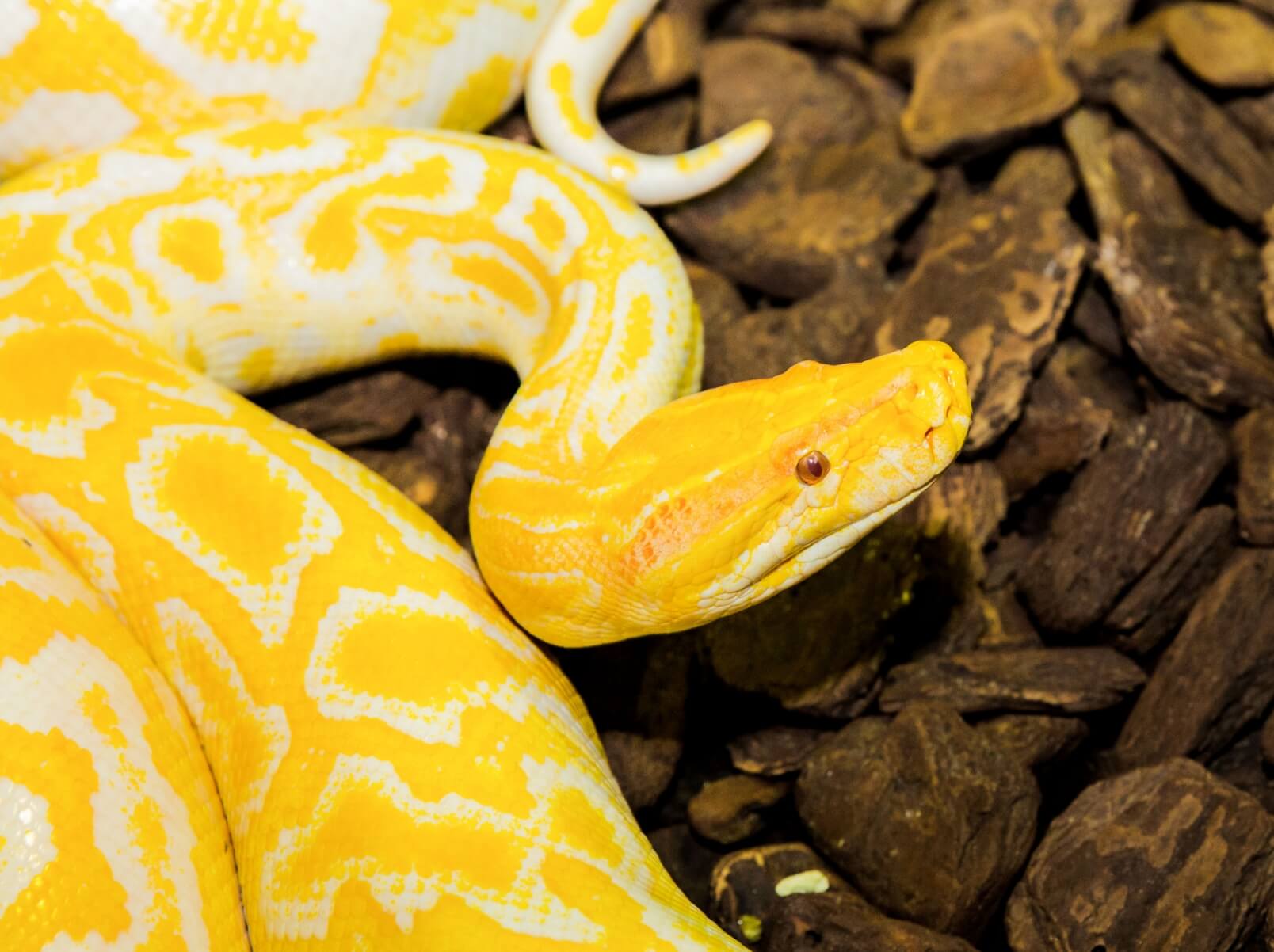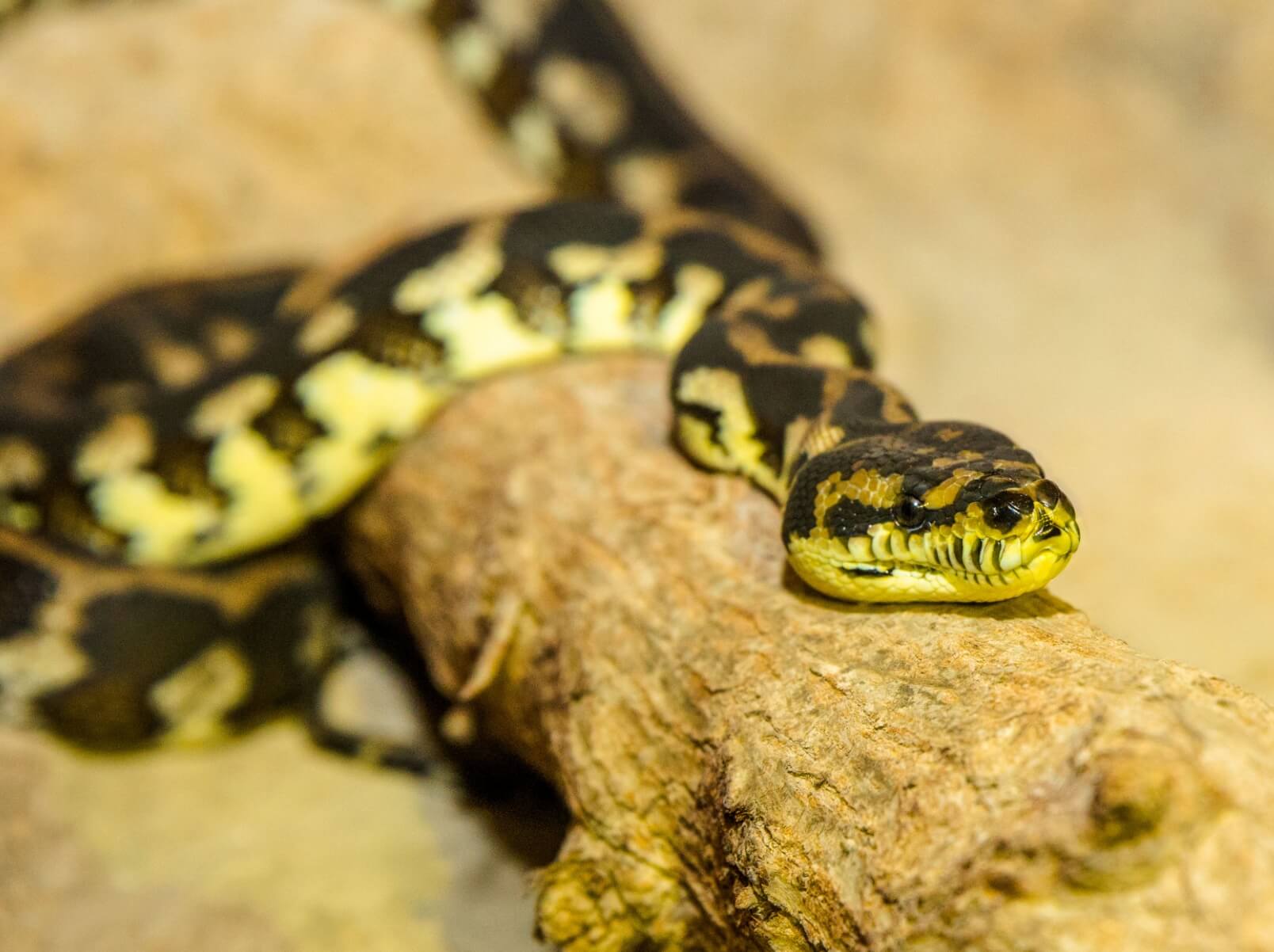INTERESTING FACTS
Iguanas come in a range of colors, from nearly yellow, to bright green, to grey. Some have hints of red or orange on their spines, legs, and other appendages. Younger individuals tend to be a brighter shade of green, while older individuals fade into yellow, grey, or a mixture of both.
Iguanas are incredibly common pets, and very well known. Despite this, most people know very little about the behavior of these creatures. Learn more about Iguanas below.
Impulse Pets – When purchasing these reptiles in pet stores, many people see cute, little, green lizards and think they would make a great throwaway pet for their child. While no pet (not even a hermit crab!) should be a “throwaway,” Iguanas are much more of a commitment than most people realize.
Large, Long-Lived Lizard – In human care, particularly when well cared for, these reptiles can easily grow to 6 feet long, and it is not uncommon for healthy Iguanas to live more than 20 years in captivity. If you cannot provide the care necessary for these creatures – for their entire lifespan –, you should consider a different pet.
Third Eye – In addition to the pair of “true” eyes that these lizards have on either side of their head, Iguanas have an additional photosensory organ on their heads. A parietal eye sits atop the lizard’s head. It is used for sensing light changes and movement, but cannot process images like a true eye.
I Know You! – While many people view Iguanas, and most reptiles, as unintelligent, this mindset is outdated and false. These creatures can easily recognize their owners and caretakers by both sight and sound. They recognize who their owner is, and will respond to their presence.
CONSERVATION MESSAGE
The conservation status of iguanas varies depending on the species. Some iguanas, such as the green iguana, are considered invasive species and are not protected. Other iguana species, such as the Galapagos marine iguana, are considered threatened or endangered due to habitat loss and hunting. It is important for conservation efforts to focus on protecting these threatened species and their habitats, as well as controlling populations of invasive iguana species.
CONSERVATION STATUS
Least Concern
LIFE SPAN
Typically live between 15 and 20 years
NATIVE HABITAT
Iguanas are native to warm, tropical areas with lush forest and vegetation. Both species inhabit rainforest, and are considered arboreal species. This means that they spend the vast majority of their lives in the trees. These reptiles are also proficient swimmers, and are commonly located within
DIET
The vast majority of this reptile’s diet consists of plant matter, which makes it an herbivore. Their primary food sources are flowers, fruits, leaves, freshly grown shoots, and greens. It is also common for young individuals to consume the feces of adults to help them acquire the gut bacteria neces
HEIGHT
5 to 7 feet long
WEIGHT
Weigh up to 20 pounds
LENGTH
Can reach lengths of up to 6 feet (1.8 meters) including the tail. Other species, such as the spiny-tailed iguana, can reach lengths of up to 4 feet (1.2 meters).
Related Animals
More Animals




